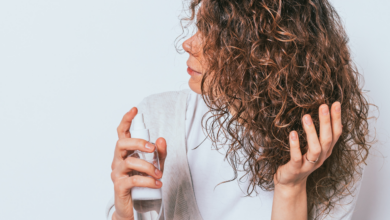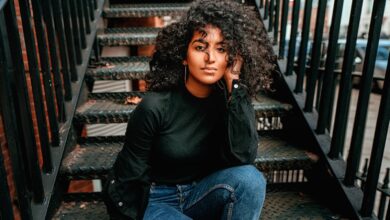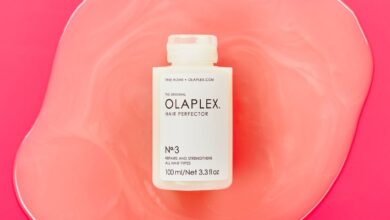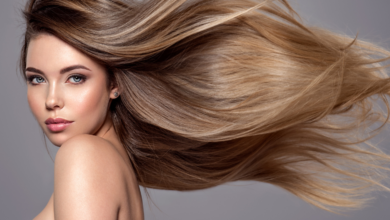
Are you tired of the confusion surrounding hair coloring products? Look no further than “Hair Color Chemistry: Understanding Dyes, Developers, And More.” This informative guide is here to simplify the world of hair color chemistry, providing you with all the knowledge you need to make informed decisions about dyes, developers, and more. Say goodbye to the uncertainty and hello to beautifully colored hair that you can confidently rock.
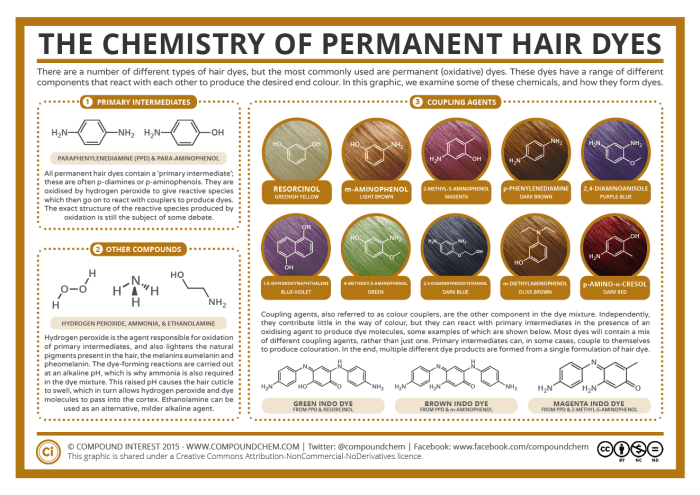
Hair Color Basics
Hair color is a powerful way to express your personal style and enhance your overall appearance. Whether you want a dramatic change or a subtle enhancement, understanding the basics of hair color is essential. This article will provide you with comprehensive information about hair color, including the structure of hair, the role of melanin, different types of hair color, and more.
Understanding the Hair Structure
Before diving into the world of hair color, it’s important to understand the structure of your hair. Each strand of hair is made up of three layers: the cuticle, the cortex, and the medulla. The outermost layer, the cuticle, is responsible for protecting the hair shaft. The cortex, which is the middle layer, contains a pigment called melanin, and it determines the natural color of your hair. The innermost layer, the medulla, is not always present in every hair strand.
The Role of Melanin in Hair Color
Melanin, a pigment found in the cortex of your hair, is responsible for creating the natural color of your hair. Two types of melanin, eumelanin and pheomelanin, combine to produce different shades and tones of hair color. Eumelanin is responsible for brown and black hair colors, while pheomelanin creates red and blonde hues. The amount and ratio of eumelanin and pheomelanin present in your hair determine your natural hair color.
Types of Hair Color
When it comes to changing your hair color, there are various types of hair color products available on the market. These include temporary, semi-permanent, and permanent hair dyes. Temporary hair color can be washed out with shampoo and is ideal for experimenting with different shades. Semi-permanent hair color lasts for a few weeks and gradually fades over time. Permanent hair color, on the other hand, provides long-lasting results and covers gray hair effectively. Understanding the different types of hair color will help you choose the one that suits your needs and preferences best.
Hair Dye Components
Dyes vs. Pigments
To understand how hair dye works, it’s important to differentiate between dyes and pigments. Dyes are color molecules that penetrate the hair shaft, while pigments are color molecules that sit on top of the hair shaft. Both dyes and pigments contribute to the final hair color, but the way they interact with the hair differs. Dyes can penetrate deeper into the hair shaft, resulting in a more long-lasting color, while pigments provide immediate color that fades over time.
Dye Types: Temporary, Semi-permanent, Permanent
Each type of hair dye has its own unique formulation. Temporary hair dyes, also known as wash-out color, contain large color molecules that coat the hair shaft and can be easily washed out with shampoo. Semi-permanent hair dyes contain smaller molecules that penetrate the hair shaft, providing longer-lasting color that gradually fades over several weeks. Permanent hair dyes have the smallest molecules that can penetrate the hair cuticle and cortex, providing long-lasting and vibrant color.
Common Dye Ingredients
Hair dyes contain a variety of ingredients that work together to achieve the desired color. The main components of hair dye formulations include oxidative dyes, direct dyes, alkalizing agents, and conditioning agents. Oxidative dyes require the presence of a developer, which we will discuss in the next section. Direct dyes, on the other hand, do not require a developer and are often found in temporary and semi-permanent hair dye formulations. Alkalizing agents help open the hair cuticle, allowing color molecules to enter the hair shaft. Conditioning agents help moisturize and protect the hair during the coloring process.
Understanding Developers
The Function of Developers
Developers, also known as oxidizing agents, are an essential component of permanent hair dye formulations. They play a crucial role in the chemical reaction that occurs during the hair coloring process. Developers help activate the oxidative dyes, allowing them to penetrate the hair shaft and produce the desired color. They also contribute to the lightening process when a permanent hair dye is used to lift or bleach the natural hair color.
Different Volume Developers and their Effects
Developers come in different strengths, or volumes, and they have varying effects on the hair. The volume of the developer refers to the concentration of hydrogen peroxide it contains. Lower volume developers, such as 10 or 20 volume, are used to deposit color or darken the hair. They are gentle and less damaging, making them suitable for sensitive scalps and hair that is already damaged. Higher volume developers, such as 30 or 40 volume, are used for lightening or lifting the natural hair color. However, they can be more damaging to the hair and should be used with caution.
Choosing the Right Developer
Choosing the right developer for your hair color needs is crucial to achieve the desired results. It is recommended to consult with a professional hairstylist or colorist who can assess your hair type and condition. They can recommend the appropriate volume developer based on your desired hair color outcome and the current state of your hair. Using the wrong developer can result in uneven color, damage, and other undesirable effects.
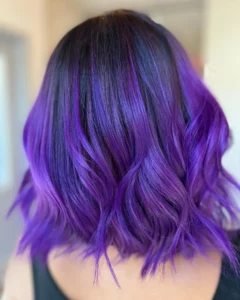
Understanding the Oxidation Process
The Role of Oxygen
The oxidation process is an essential part of permanent hair coloring. Oxygen, in the form of hydrogen peroxide, is used to activate the oxidative dyes present in the hair dye formulation. When the oxidative dyes mix with the developer, a chemical reaction occurs, causing the pigments to penetrate the hair shaft and change its color. Oxygen plays a crucial role in breaking down the natural color pigments of the hair and replacing them with the desired color.
How Oxidation Affects Hair Color
Oxidation alters the hair color by changing the chemical structure of the natural pigments in the hair. The oxidative dyes in the hair dye formulation penetrate the hair shaft and react with the existing pigments, resulting in a new color. This chemical reaction can also lighten the natural hair color if a permanent hair dye is used to lift or bleach the hair. It’s important to note that oxidation can cause damage to the hair, so it’s crucial to follow the proper application and aftercare procedures to minimize any potential damage.
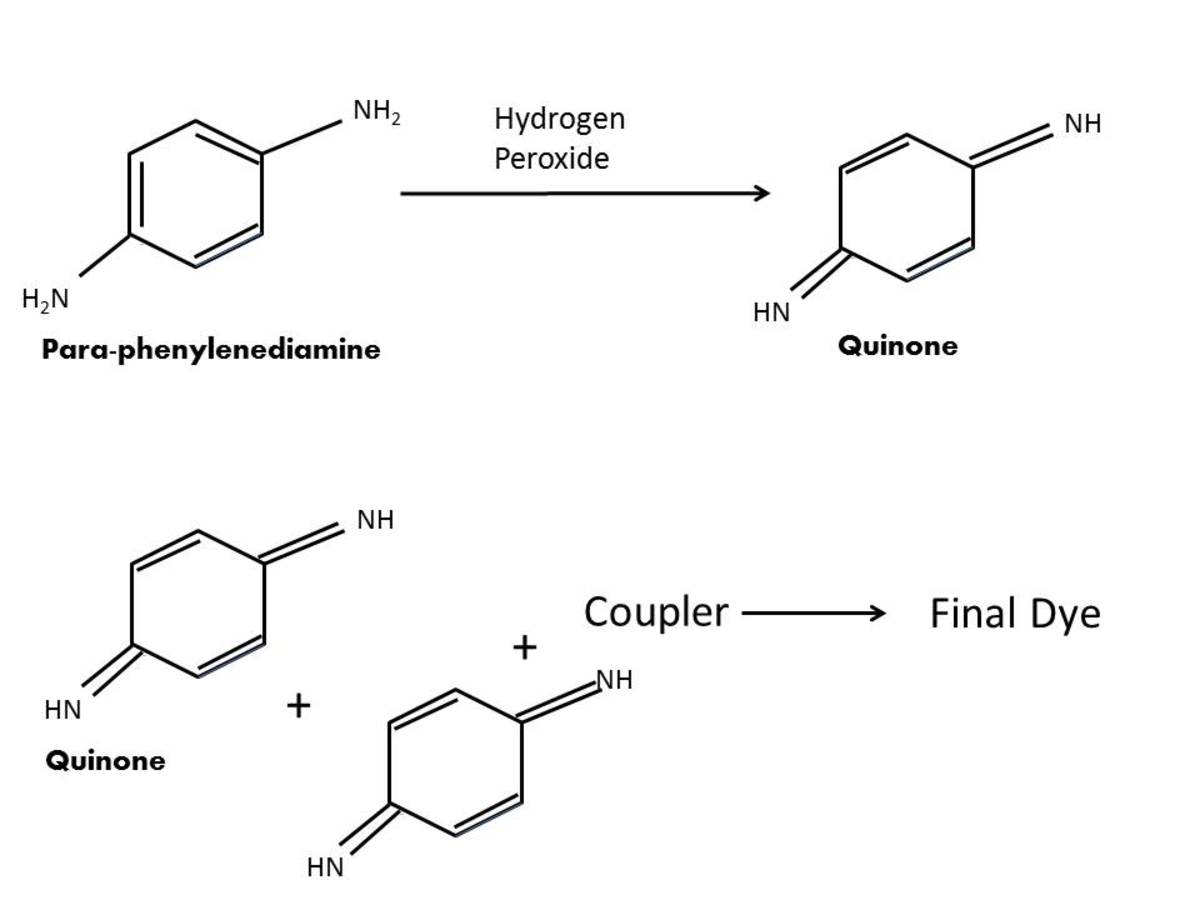
Key Factors in Hair Color Formulation
Color Theory and the Color Wheel
Color theory and understanding the color wheel are essential when formulating hair color. The color wheel is a visual representation of how different colors interact with each other. It consists of primary colors (red, blue, and yellow), secondary colors (orange, green, and purple), and tertiary colors. By using the color wheel, colorists can create complementary, analogous, or contrasting color combinations to achieve the desired hair color. Understanding the basics of color theory and the color wheel will help you communicate effectively with your hairstylist and achieve the hair color you desire.
The Importance of Undertones
Undertones play a crucial role in hair color formulation, especially when aiming for a natural-looking result. Undertones refer to the underlying color that is present in your natural hair color, regardless of the shade. For example, blonde hair can have warm golden undertones or cool ashy undertones. The underlying undertones should be considered when choosing the hair dye shade to ensure a harmonious and flattering result. Understanding your natural hair undertones will help you choose a hair color that complements your skin tone and eye color effectively.
Formulating for Gray Coverage
Gray hair can be more challenging to color because it lacks the natural pigmentation present in other hair colors. To achieve optimal gray coverage, hair dye formulations often contain higher levels of oxidative dyes, which can effectively penetrate and cover gray hair. Formulating for gray coverage requires choosing a hair dye shade that matches your natural hair color base and provides enough pigment to cover the grays. Professional colorists have the expertise to formulate the right combination of colors and ingredients to ensure seamless and long-lasting coverage of gray hair.
Choosing the Right Shade
Matching Skin Tone and Eye Color
When choosing a hair color shade, it’s important to consider your skin tone and eye color. Certain hair color shades can complement your features and enhance your overall appearance. Warm-toned skin with yellow or golden undertones tends to pair well with warm hair colors like golden blondes or rich browns. Cool-toned skin with pink or blue undertones often looks best with cool hair colors like ash blondes or cool browns. Additionally, consider your eye color when selecting a hair color shade, as it can create a pleasing contrast or harmonious blend.
Considering Natural Hair Color and Depth
Your natural hair color and its depth should also be taken into account when choosing a new hair color. If you have dark brown or black hair, transitioning to a very light blonde may require multiple sessions and may result in more damage to your hair. On the other hand, if you have natural blonde or light brown hair, achieving a dark, intense color may be easier and require fewer sessions. Understanding the natural limitations and potential of your hair color will help you set realistic expectations and prevent unnecessary damage.
Choosing Warm vs. Cool Tones
Hair color shades can be categorized into warm and cool tones. Warm tones include shades like red, golden blonde, and copper, while cool tones include shades like ash blonde, platinum, and mahogany. Warm tones create a vibrant and energetic look, while cool tones give off a more sophisticated and calm vibe. When choosing between warm and cool tones, consider your personal style, the season, and the overall look you want to achieve.
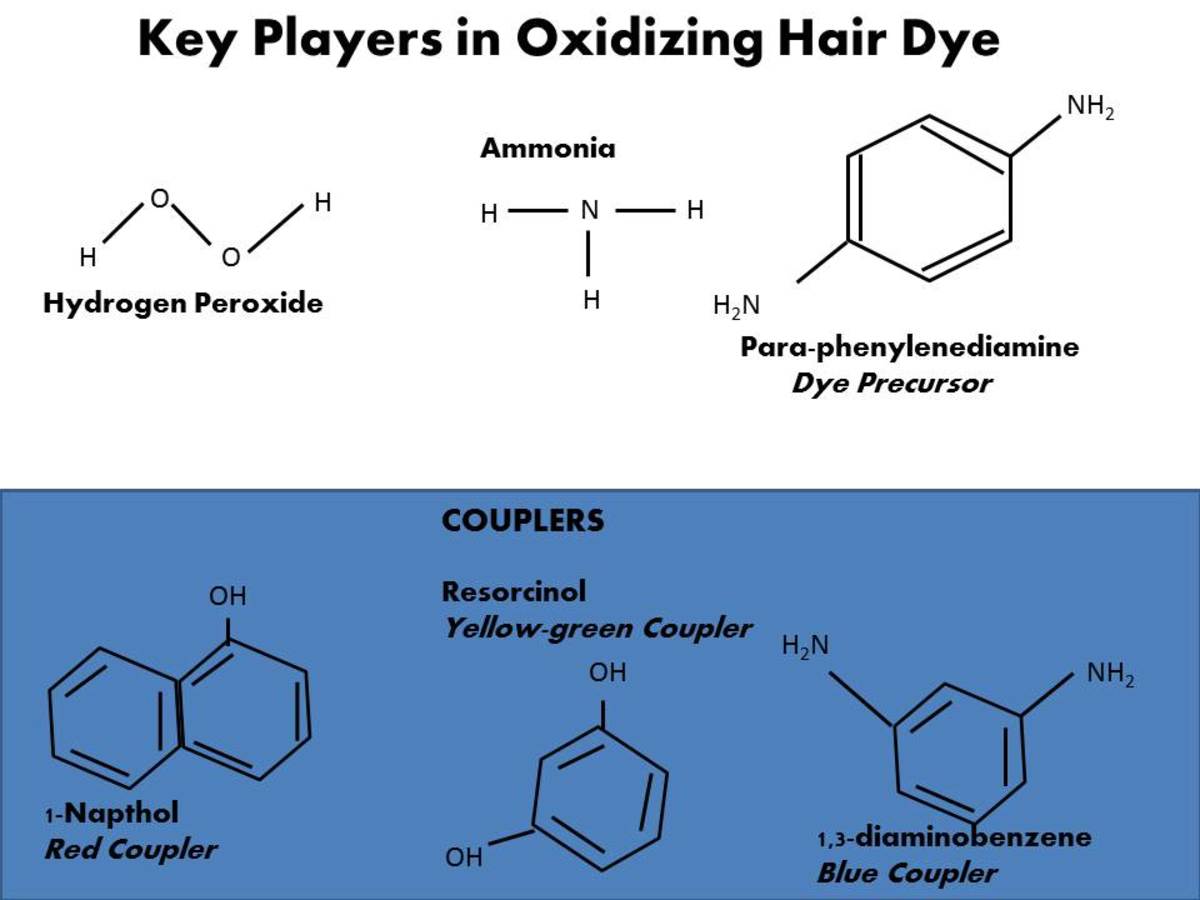
Hair Color Application Techniques
All-Over Color vs. Highlights
There are various application techniques that can be used to achieve different hair color effects. All-over color involves applying the hair dye to the entire head for an overall transformation. This technique is commonly used when covering gray hair or achieving a dramatic change in hair color. On the other hand, highlights involve applying the hair dye to specific sections of the hair, creating streaks or strands of lighter or contrasting color. Highlights add dimension and depth to the hair and can be customized to suit your preferences.
Bleaching and Lightening Techniques
Bleaching and lightening techniques are used to lift the natural color of the hair, creating a lighter base for further hair color applications. Bleaching involves using a strong bleaching agent to remove the natural pigments from the hair shaft, resulting in a blonde or platinum base. Lightening techniques, such as foiling or balayage, create a more natural-looking blend of lighter and darker tones. These techniques require experience and skill to ensure desired results while minimizing damage to the hair.

Balayage and Ombre
Balayage and ombre are popular hair coloring techniques that create a gradual transition from dark to light or from one color to another. Balayage involves hand-painting the hair dye onto specific sections of the hair, focusing on the mid-lengths and ends, to create a sun-kissed effect. Ombre, on the other hand, involves a more noticeable transition between colors, typically from dark to light. Both techniques provide a low-maintenance option for those who want to incorporate different colors into their hair without frequent touch-ups.
Hair Color Maintenance
Preserving Hair Color Vibrancy
Maintaining the vibrancy and longevity of your hair color requires proper maintenance and care. Using color-safe shampoo and conditioner specifically formulated for color-treated hair is essential to prevent fading and maintain the richness of the color. It’s also beneficial to avoid excessive heat styling and use heat protectants when using hot tools. Additionally, protecting your hair from sun exposure by using UV-protective sprays or wearing a hat can help prevent color fading.

Shampooing and Conditioning Tips
To prevent color fade and maintain the health of your colored hair, it’s important to adopt the right shampooing and conditioning routine. Consider washing your hair less frequently to minimize color fading, as excessive shampooing can strip away the color molecules from the hair shaft. When washing your hair, use lukewarm water instead of hot water, as hot water can open the hair cuticle, allowing the color to rinse out more easily. Conditioning your hair regularly will help moisturize and protect the hair, preventing dryness and brittleness.
Protecting Hair from UV Damage
Sun exposure can significantly impact the vibrancy and longevity of your hair color. UV rays can fade and alter the color pigments in your hair, resulting in a dull appearance. To protect your hair from UV damage, apply a leave-in conditioner or UV-protective spray before going outside. Wearing a hat or covering your hair with a scarf can also provide additional protection from the sun’s rays. By taking proactive measures to shield your hair from UV damage, you can extend the life of your hair color.
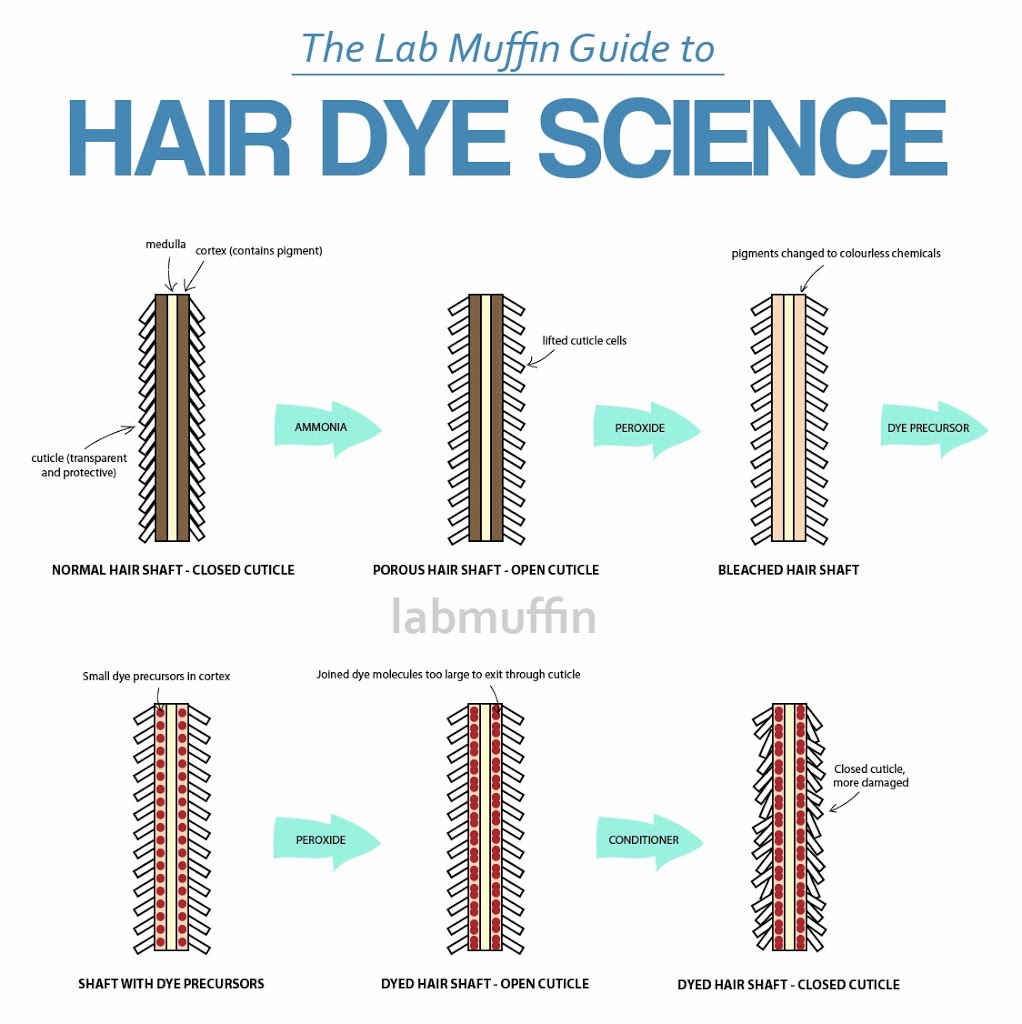
Hair Color Safety Precautions
Patch Testing for Allergies
Before applying any hair dye or chemical treatment to your hair, it is crucial to conduct a patch test to check for potential allergic reactions. This involves applying a small amount of the hair dye or product to a small area of skin, typically behind the ear or on the inner elbow. Leave the product on for the recommended time and monitor the area for any signs of irritation or allergic reactions, such as redness, itching, or swelling. If you experience any adverse reactions during the patch test, it’s important to avoid using the product and seek medical advice.
Protecting the Scalp and Skin
When applying hair dye, it’s essential to protect your scalp and skin from potential irritation. Apply a thin layer of petroleum jelly or a protective barrier cream along your hairline and on your ears to prevent the hair dye from staining your skin. Taking these precautions will make the hair coloring process more comfortable and prevent any unwanted discoloration or irritation on your skin.
Minimizing Damage and Breakage
While hair color can transform your look, it’s important to be mindful of the potential damage to your hair. Chemical treatments, including hair dyeing and lightening, can strip the hair of its natural moisture and weaken its structure. To minimize damage and breakage, it’s crucial to follow proper application techniques, use high-quality hair color products, and provide regular deep conditioning treatments for your hair. Consulting with a professional colorist and investing in professional-grade hair color products can help ensure the health and integrity of your hair.
Professional vs. DIY Hair Coloring
Benefits of Professional Hair Coloring
Professional hair coloring offers several benefits compared to DIY hair coloring. Professional colorists have extensive knowledge and expertise in hair color formulation and application techniques, ensuring optimal results. They can customize the hair color to suit your individual needs and provide professional advice on selecting the right shade and maintaining color vibrancy. Additionally, professional hair coloring often uses higher-quality products that are less damaging to the hair and provide longer-lasting results.
Considerations for DIY Hair Coloring
While professional hair coloring has its advantages, there are situations where DIY hair coloring can be an option. If you are experienced in hair coloring techniques and have a good understanding of your hair type and its limitations, DIY coloring may be a viable option. However, it’s important to choose high-quality hair color products and follow the instructions carefully to minimize the risk of damage or undesirable results. It’s also recommended to conduct thorough research and seek guidance from professionals before attempting to color your hair at home.
Seeking Professional Help
If you’re unsure about the hair color process, have specific color goals, or want to achieve a complex hair color, seeking professional help is highly recommended. Professional colorists have the expertise and tools to assess your hair condition, determine the best color formulation, and achieve the desired results. They can provide personalized recommendations and guidance throughout the entire hair coloring process, ensuring a safe and satisfying experience.
In conclusion, understanding the basics of hair color is key to achieving the hair color you desire. By understanding the hair structure, the role of melanin, the different types of hair color, and the components used in hair dye formulations, you can make informed decisions when it comes to coloring your hair. Furthermore, understanding developers, the oxidation process, and key factors in hair color formulation will help you achieve optimal and long-lasting results. By considering factors such as skin tone, eye color, natural hair color, and undertones, you can choose the right shade that complements your features. Additionally, being aware of different hair color application techniques, hair color maintenance, safety precautions, and the benefits of professional hair coloring will help you make the best choices for your hair. Whether you decide to embark on a DIY hair coloring journey or seek professional assistance, always prioritize the health and integrity of your hair.
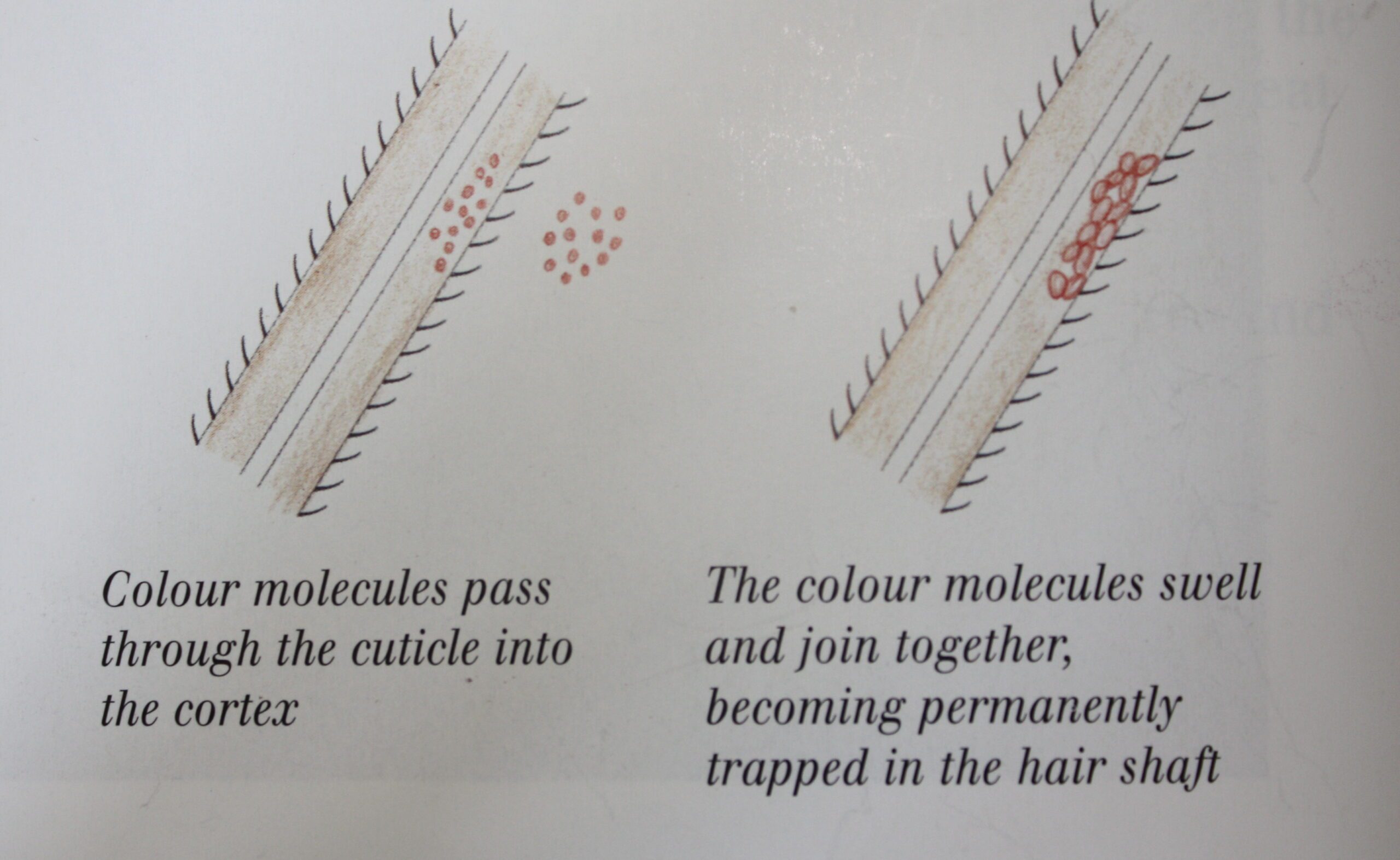
Color Me Beautiful: Dyeing And Highlighting Tips For Every Hair Texture(Opens in a new browser tab)
Going Dark: Tips And Tricks For Dyeing Hair Darker Shades(Opens in a new browser tab)
From Box To Salon: Comparing Home Dyes Versus Professional Coloring(Opens in a new browser tab)

